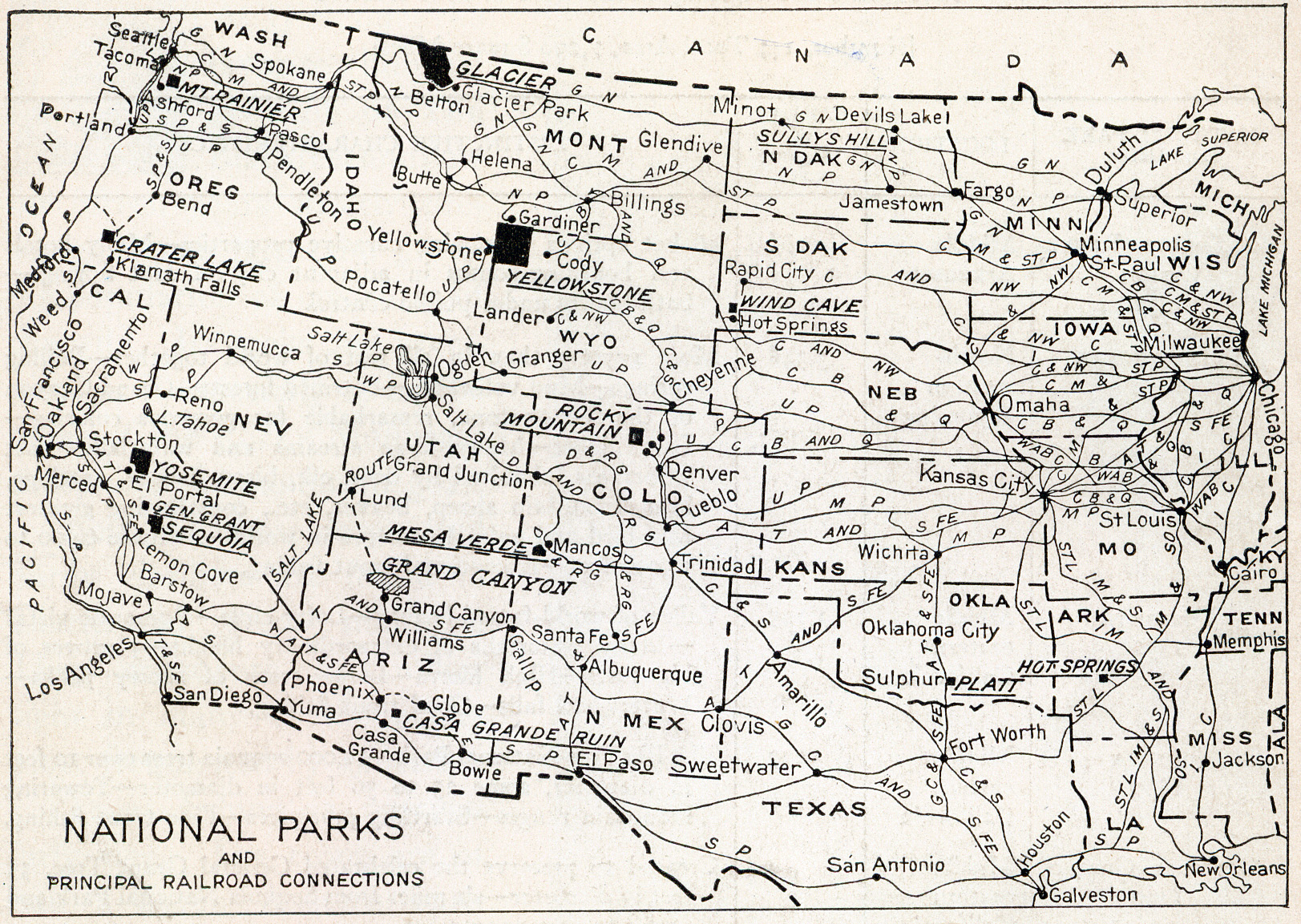Authors:
Historic Era: Era 6: The Development of the Industrial United States (1870-1900)
Historic Theme:
Subject:
February/March 2000 | Volume 51, Issue 1


Authors:
Historic Era: Era 6: The Development of the Industrial United States (1870-1900)
Historic Theme:
Subject:
February/March 2000 | Volume 51, Issue 1

One of this century’s profound cultural transformations began in the 1960s, when ecological thought took hold and fostered a new seriousness toward earth stewardship. But what happened then was really a transition. Present-day environmentalism represents an elaboration of core ideas developed far earlier by American conservationists, especially the seminal concepts and plans of the two Presidents Roosevelt and their allies. They prepared the way so that Americans later confronted by increasing threats to earth’s ecosystems could erect a sophisticated superstructure on ramparts already standing.
Movements that foster ideas that shape the fabric of American thought usually evolve in reaction to abuses that constrict the lives of citizens or threaten the nation’s future. The conservation movement came into existence in the first years of this century in response to the unprecedented plunder of public resources in the last three decades of the nineteenth century.
In the forefront of that pageant of destruction and waste was a rapacious lumber industry. Having begun in Maine and swept westward to California’s towering groves of redwood trees, the newly mechanized industry clear-cut the bulk of the country’s longleaf pine forests and left blackened wastelands in its wake.
Elsewhere, as the killing power of rifles increased, whole species were slaughtered on a scale the world had never seen. That decimation came to a climax on the Great Plains, where in the space of little more than a decade the vast herds of buffalo—the wildlife wonder of this continent—were nearly exterminated by “market hunters.” In other regions hunters who worked for commercial enterprises conducted relentless raids on edible birds, on fur seals, and on shore and migratory birds whose feathers were in demand. These endless hunts and those conducted for sport exterminated several species of bird and drove kingfishers, terns, eagles, pelicans, egrets, and herons to the brink of extinction.
The slaughters evoked angry protests from some Americans. In 1877, Secretary of the Interior Carl Schurz tried to start a campaign to halt the unfettered felling of the nation’s timberlands. A German emigrant familiar with the forestry practices of his homeland, Schurz issued a report in which he denounced lumbermen who were “not merely stealing trees, but whole forests.” But his plans to initiate scientific management of the nation’s resources were thwarted by Congress, and two decades would pass before growing public protest gave reformers an opportunity to push for laws and policies that would change the course of our history.
The man who became the leader of the nascent conservation movement was President Theodore Roosevelt. As a young rancher in what is now North Dakota, Roosevelt had learned what happened when nature’s iron laws were ignored. He was a natural-born reformer, and when an assassination catapulted him into the White House in 1901,